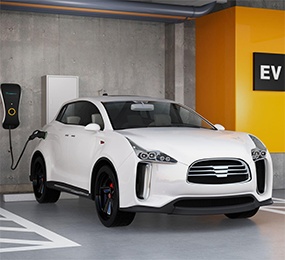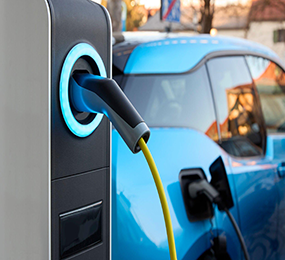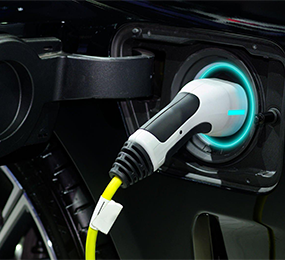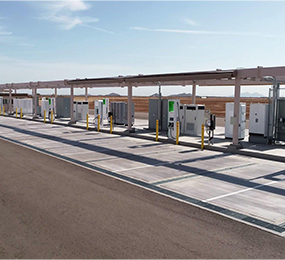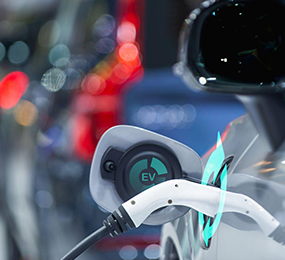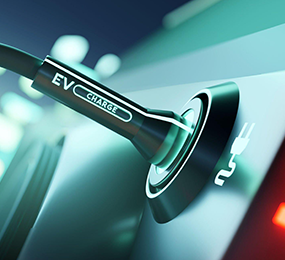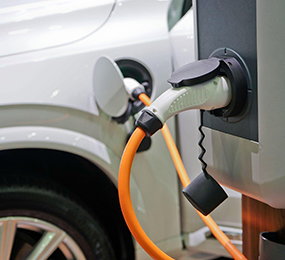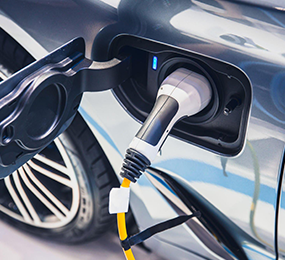Building a Resilient and Equitable EV Charging Network
Accessibility is required to pave the path for widespread EV adoption.
Electronic vehicles (EVs) are being used by states and municipalities around the country to dramatically cut our nation's collective carbon footprint. Policies implemented at all levels of government seek to make electric vehicles the new normal in less than a decade.
Three Keys to an Equitable Electric Vehicle Future
1. Identify the Obstacles to EV Ownership
Utilities and infrastructure developers must evaluate how EV advantages and costs differ among distinct demographics and localities while designing projects. It is vital to have a comprehensive understanding of the hurdles to adoption. Most people's major obstacle to EV ownership is now their income. While concentrating EV investments in low-income regions is undoubtedly necessary, other impediments must also be examined to create an egalitarian EV future for everybody.
Historically, race has been a major factor in determining access to resources such as loans, mortgages, and credit. For decades, racial disparities pervaded transportation regulations and urban design, relegating communities of color to regions near highways, industrial districts, and transportation depots. As a result, communities of color bear a disproportionate share of the burden of heavy pollution and the repercussions of climate change.
2. Locate Existing Electric Vehicle Charging Deserts
Current EV owners are more likely to charge their vehicles overnight at home or during the workday.
In comparison, the dearth of charging stations in handy public areas and in the majority of multifamily housing makes EV ownership unattainable for many individuals. According to studies, the bulk of charging deserts are disproportionately situated in low-income and minority communities. This omission happened mostly due to the fact that private enterprises are not driven to invest in areas with limited EV uptake and use.
The consequences of charging deserts vary from small inconveniences to a negative impact on livelihoods. Currently, determining the location of EV charging deserts is a necessary yet time-consuming process. The distance between an EV and the nearest charging station is used to identify charging deserts. It will be difficult to install EV infrastructure equitably without data insights to accurately define where charging deserts are situated.
3. Provide Critical Relational Insights to Charger Deployment
EV infrastructure design is more complicated than just locating chargers along major thoroughfares and in low-income neighborhoods. Organizations must link relational insights like as land use features, vulnerable populations, commercial zones, and economic prospects to construct a genuinely successful and equitable EV infrastructure design.
Most EV owners now charge at home or work, which is generally the cheapest and most convenient choice. Home charging, however, is not always a possibility for individuals living in low-income or multi-family dwellings. Designated charging stations and household charging stations can cost thousands of dollars, putting electric vehicle ownership out of reach for many property owners and occupants. EV infrastructure site selection should favor multi-dwelling units to extend the ability to 'charge from home' for inhabitants who do not own or live in a single-family dwelling with access to a charging station.
Strategically locating EV infrastructure can also generate chances to benefit the local economy by pushing traffic to certain commercial zones that EV drivers might otherwise ignore due to a lack of charging stations. Similar to gas stations, the time it takes to charge a car will have an impact on the local economy.
Visit our website to know more: https://bit.ly/3W0umUp
For more information and group participation, contact us: [email protected]
Leadvent Group - Industry Leading Events for Business Leaders!


